As Trash Heroes, we come across many ideas on how to “solve” plastic pollution. Every week some new technology or product is heralded by the media as the way out of the plastic crisis. And our inboxes are filled with companies requesting to work with us or promote their latest “sustainable initiative”.
It can get confusing, especially with the marketing hype that often surrounds these innovations. Plant plastic! Chemical recycling! Clothes from plastic bottles! Plastic as fuel! Plastic offset! There are, of course, many others.
To understand which measures will really work in the long term, it’s important to look at the bigger picture and put them in the context of a zero waste model. And that’s exactly what we have been doing in the second round of our Zero Waste Communities volunteer training, which ran from May – June 2021 in Thailand, Indonesia and Malaysia.
The four-part series – again held with the support and expertise of GAIA Asia-Pacific, Let’s Do It Foundation, YPBB Bandung and Zero Waste Europe – looked at the topics of waste separation, greenwashing and the dos and don’ts of recycling at the systemic level. We also started to explore waste as a complex or “wicked” problem, with participants going on to map the issues where they live. With this know-how they will better be able to assess – and eventually address – the waste situation in their local area.
As part of the course content, we created a tool to help anyone evaluate a proposed waste management solution and decide whether or not it was worth pursuing (click on the images above to see it in detail).
Participants used it to assess some popular ideas – and were surprised to discover that most failed the test. Although the conclusions may be uncomfortable, the tool allows people to understand the reasons why these are so-called false solutions. In essence, they do not reduce or prevent waste. They merely offer a delayed or alternative means of disposal, or a different material to throw away. They distract from the problem with quick fixes, rather than deeper, structural change.
In the live sessions, we also learned what would pass the test and be considered a real solution – and that these are often very simple ideas that do not get the same media coverage. It’s part of our mission at Trash Hero to make sure these real solutions are more widely known and adopted.
We’ll publish the full course in four languages on social media and here on this site over the coming weeks. In the meantime, we are sharing the PDF version of the tool here in different languages for anyone to use. We’d love to hear how you get on – ping us @trashheroworld. Please do read the notes before you attempt any assessment, and remember this is only a guide!
False Solutions Tool – English
Petunjuk Solusi Palsu – Bahasa Indonesia
เครื่องมือประเมินแผนการปลอดขยะ – ภาษาไทย
Our thanks to Dr. Enzo Favoino from Zero Waste Europe, Kadri Kalle from Let’s Do It Foundation, Miko Aliño from GAIA Asia-Pacific and Dr. Nattapong Nithi-Uthai of Trash Hero Pattani, whose input in shaping the final version of the tool was invaluable.

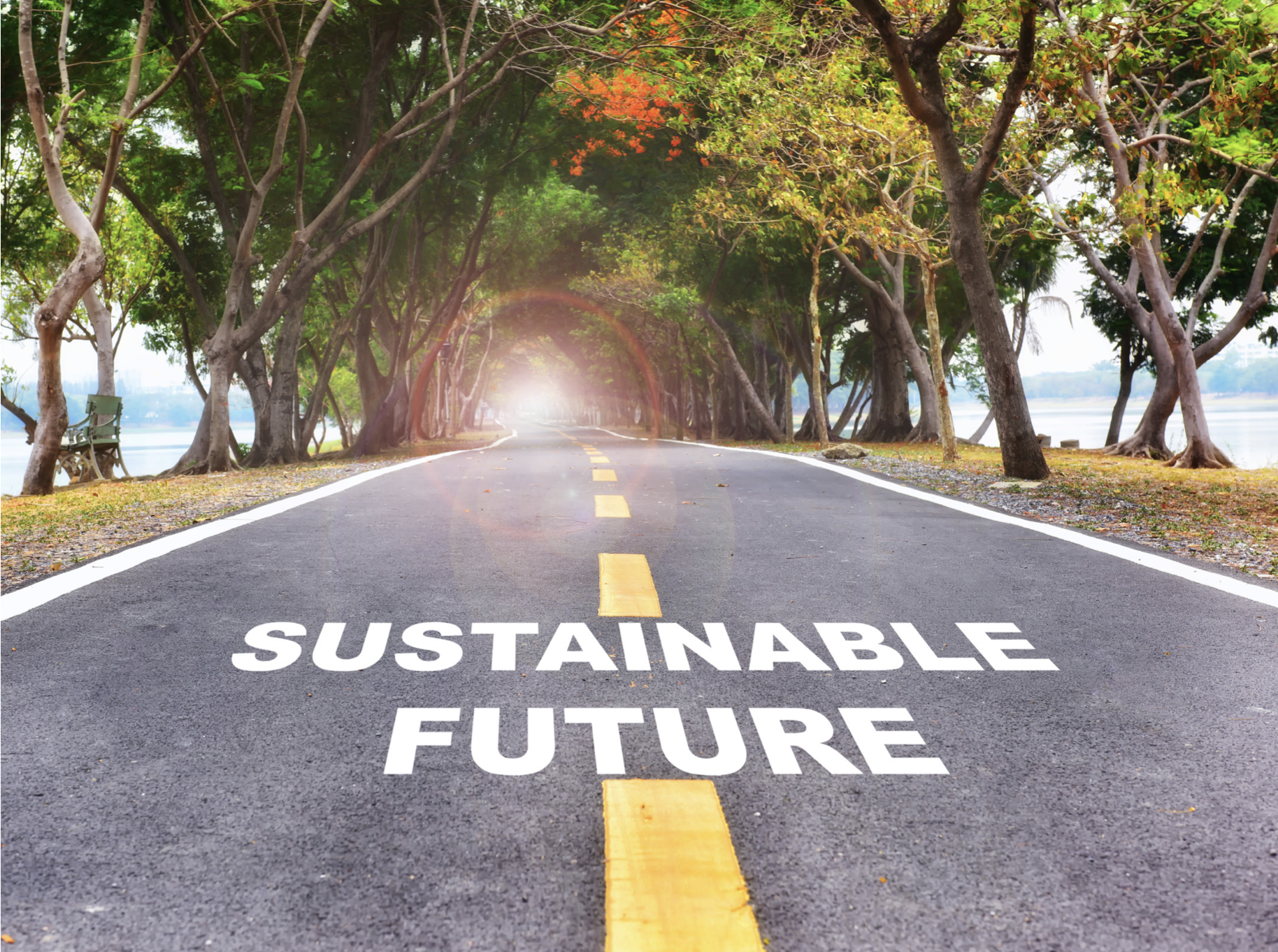
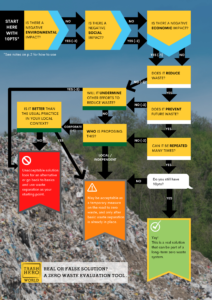
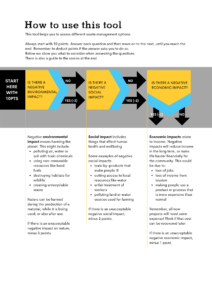
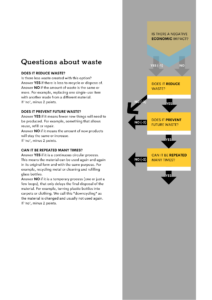
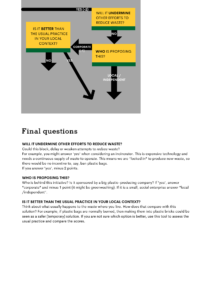
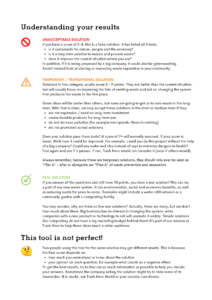
1 comment
Join the conversationSecond training course with Trash Hero World lead to new learning tool - Let’s Do It Foundation - 14/09/2021
[…] can download the tool in English, Indonesian and Thai from Trash Hero website here, along with the overview of the training […]